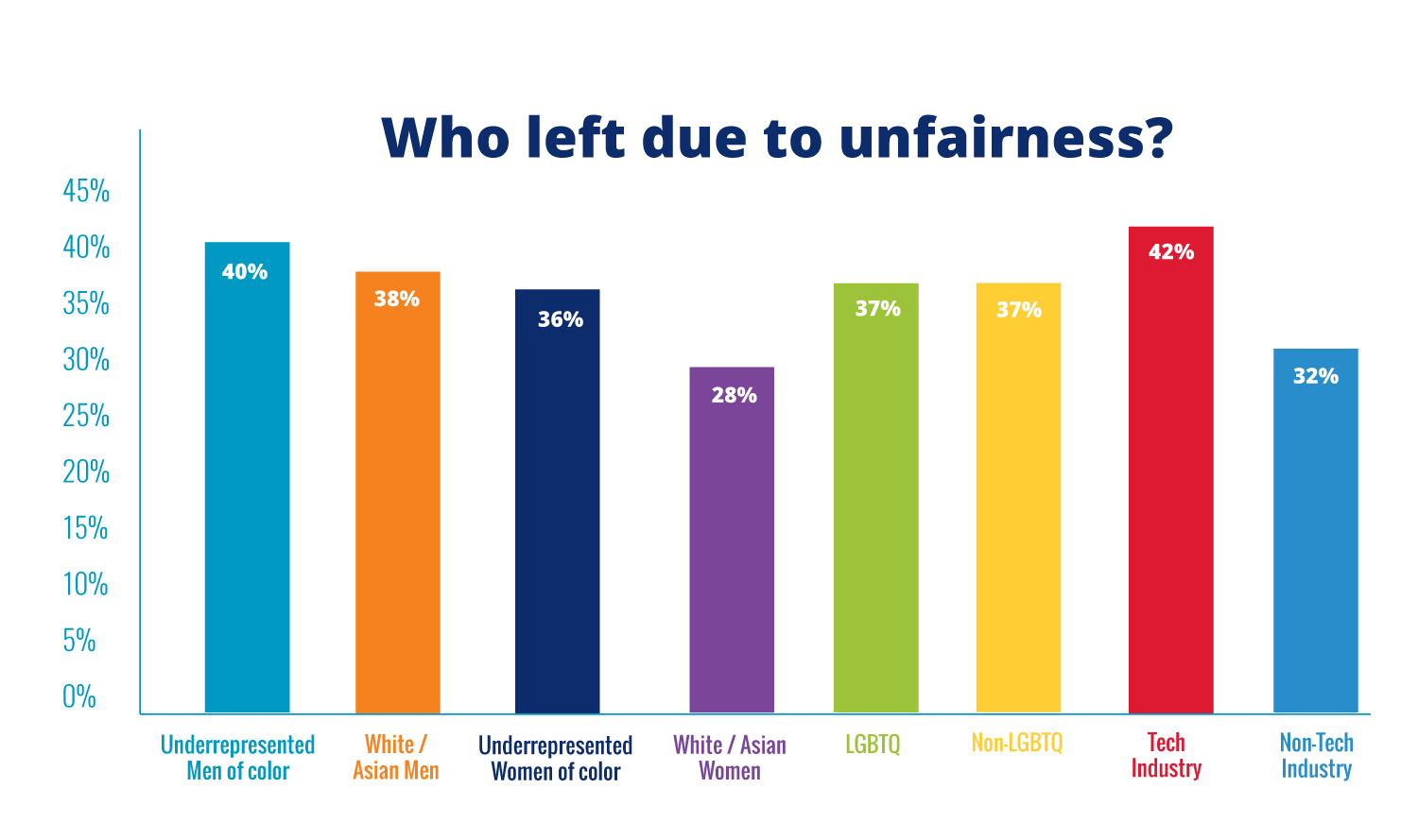HR Tech 2019: Women in HR Technology

Hello from the 2019 HR Tech Conference in Las Vegas.
This is my second time attending this annual gathering of HR professionals, industry experts and technology/services vendors.
Here are some highlights from my first day at this amazing event, featuring the Women in HR Technology Summit.
The Second Shift: Women and Well-Being
The most thought-provoking session I attended on day one was certainly The Second Shift: Women and Well-Being. The three-woman panel discussed how the end of the workday doesn’t signal the end of work for most women; it’s just a transition to their “second shift” where they focus on household care, childcare, elder care and self-care.
Working women have always had a tough time, but it’s become especially apparent these days. Today, 70% of working women have children under the age of 18 at home, compared to 47% in 1975. And, with 12% of parents providing unpaid care for an adult at home, women generally shoulder most of that burden. The mental load of women essentially working two shifts is considerable and so is the potential for burnout, making a strong case for parental well-being benefits and programs.
Today’s HR teams, the panel agreed, must show women more empathy and make well-being a priority. The irony, however, is two-fold. First, most HR teams are predominantly made up of women. So, one would think there would be a natural inclination to ensure their female employees feel cared for—a term that kept coming up during the discussion. And, because HR leaders are ultimately responsible for the well-being of their workforce, including women, one would naturally presume a strong focus on employee well-being. But, the panel agreed, HR teams are not evaluated on the merits of well-being. Rather, they are often judged primarily on cost reductions.
Clearly, something must change. For starters, the expert panelists from Grokker, LeaveLogic and Limeade suggest the following steps:
- Recognize and measure burnout; talk about it as a reality, not a mere concept.
- Start crafting policies on caregiving—a leading cause of burnout among women—that have a clear return on investment, including retention and attraction figures, and that clearly show a net-positive ROI for well-being programs.
- Find a stakeholder in the company whose life has been touched by caregiving to convey the value of holistic well-being in the same way you would tap an executive who is a runner or a yoga practitioner or a mindfulness advocate.
In Data We Trust
The session focused on how far we have come in such a short time in terms of data collection and analysis. Five years ago, one panelist noted, we were hungry for data. Now, we’re drowning in it. And because of this deluge of data, a child born today will likely pursue a career in a field that doesn’t even exist yet. We see it happening already in data analytics roles aimed at finding the best fit for recognition and rewards programs, influencing productivity and finding the best fit for career promotions.
Data can also be used for diversity and inclusion efforts. To help understand how perceptions of unfairness impacts the technology community, one panelist used data to discover how many people of diversity had left their positions due to feeling that they had been treated unfairly. The results were staggering.

And if that weren’t enough, the data revealed that the quantifiable turnover due to poor diversity and inclusion efforts was costing employers $16 billion per year. Clearly, workplace culture drives turnover. And, it’s expensive.
Re-Imagining HR in The Age of Artificial Intelligence
The last session I caught was an all-star panel of HR professionals from Future Workplace, TIAA, Hilton Hotels, Delta Airlines and Schneider Electric. Each discussed how deploying AI across the employee life cycle can help drive competitive advantages for companies and allow HR leaders to work smarter and focus more on their overall HR strategy. Themes included:
- Consumerization of the workplace. As featured in our most recent webinar, today’s employees have expectations for an omni-channel experience that is driven by their interactions with companies like Amazon, Uber and PayPal. Employers can no longer ignore this and must use AI to meet employees and prospective hires where they are.
- The new blended workforce includes humans and machines. By 2022, experts predict, 20% of workers will have a digital assistant, much like those we currently rely on to tell us the day’s weather forecast, where to find the closest sushi restaurant, or, in the case of Sofia, how to choose and use our benefits.
- New job roles will emerge in the age of AI. Despite the hype, the robots are not here to take your job. In fact, experts predict that AI will create 2.3 million jobs while only eliminating only 1.8 million jobs.
Check out the Businessolver blog tomorrow where I’ll share more takeaways from the second day of HR Tech 2019. If you’re at the conference, please make sure you stop by booth #2024 to say hi and learn how you can “flip” the employee benefits experience.
Learn how empathy can help you win the war for talent, cut down turnover and increase diversity and innovation in the e-book below.
{{cta(’41b6ed7b-0681-4f49-bac2-da00b78f0014′,’justifycenter’)}}
